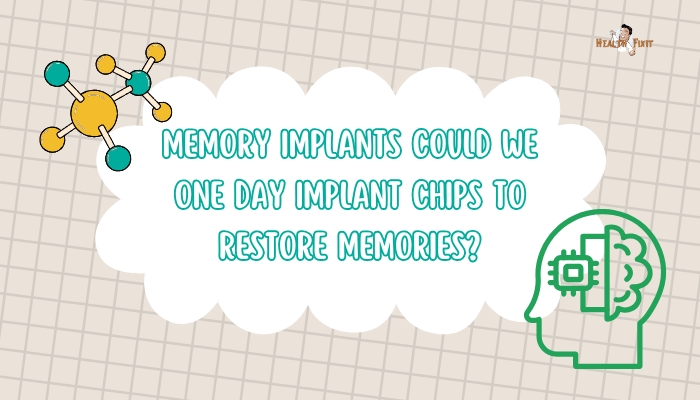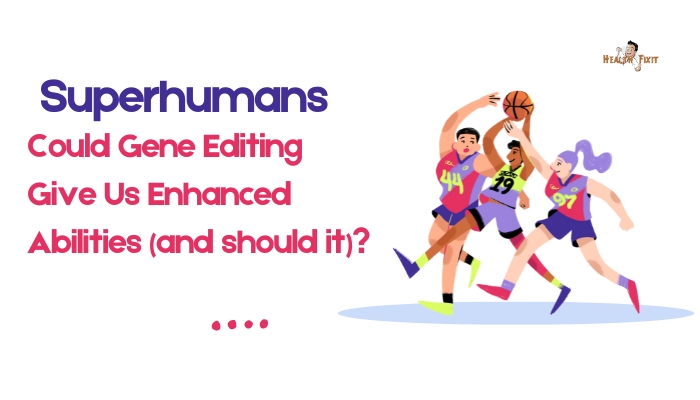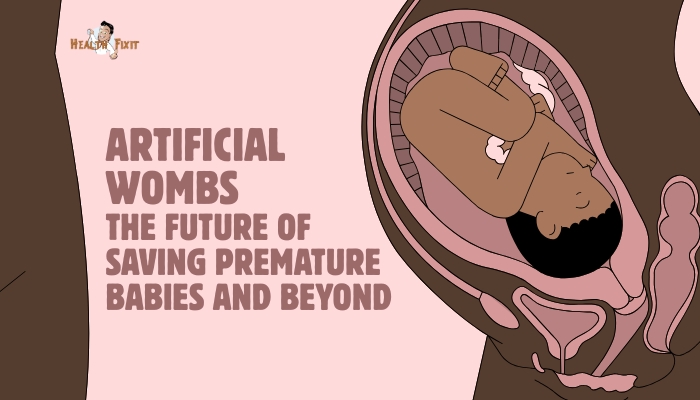Introduction
For centuries, memory has been seen as a deeply personal, intangible process—susceptible to fading with age or to vanishing entirely due to injury or disease.
Advances in neurotechnology, however, suggest a future in which we could intervene directly to restore or augment human memory.
Experimental neural implants already help patients with spinal cord injuries, hearing loss, and paralysis.
Extending these successes to memory circuits—particularly in the hippocampus and related regions—has become a central research frontier.
This article examines the feasibility, progress, and potential ethical dilemmas of “memory implants,” devices that might one day preserve or even enhance our recall capabilities.
Understanding Memory in the Brain
The Role of the Hippocampus
Located deep within the medial temporal lobe, the hippocampus is crucial for forming new declarative memories (facts and events).
Damage to this region often results in an inability to create new memories, known as anterograde amnesia. Neural recordings show that the hippocampus organizes experiences into stable memory traces, a process heavily reliant on synaptic plasticity and neural firing patterns.
Encoding, Storage, and Recall
Memory formation involves complex neural interactions:
- Encoding: New information is converted into neural representations.
- Consolidation: Over time, temporary hippocampal traces are integrated into wider cortical networks.
- Retrieval: Accessing stored memories involves reactivating the relevant neural patterns.
A successful “memory implant” must effectively mimic or reinforce these steps, bridging gaps in damaged pathways or augmenting compromised networks.
Potential Pathways to Memory Restoration
Implantable Brain Chips
Neural implants typically consist of electrode arrays that can record neural activity or deliver electrical stimulation:
- Recording: Capturing the firing patterns of neurons in memory-related areas can help identify memory “codes.”
- Stimulation: Delivering pulses to these areas may reconstitute or reinforce desired neural patterns, potentially aiding memory formation or recall.
Early studies in animals used direct electrical stimulation of hippocampal circuits to influence memory tasks. More recently, human trials have tested hippocampal prostheses in patients undergoing epilepsy surgery, aiming to see if specific stimulation protocols can improve memory performance.
Biomimetic Devices
To replicate memory’s complexity, some researchers adopt a biomimetic approach:
- Model Hippocampal Processes: Record input signals from hippocampal subregions (like CA3) and mimic how they transform signals for output subregions (like CA1).
- Re-Inject Processed Signals: If the native hippocampus is damaged, the implant calculates the neural transformation and stimulates the downstream region accordingly, bridging the broken circuit.
Preclinical studies indicate such “hippocampal prostheses” can enhance memory encoding in rodents and nonhuman primates. Early human data from a small group of epilepsy patients also suggest improvements in memory tests, though full-scale clinical trials remain ongoing.
Closed-Loop Stimulation
Closed-loop systems combine real-time recording with adaptive stimulation. The device monitors neural activity, identifies patterns corresponding to successful or failing memory formation, and triggers stimulation that strengthens helpful activity or suppresses noise. This approach is akin to a “pacemaker” for memory, adjusting stimulation as needed based on feedback from the brain itself.
Ongoing Breakthroughs and Trials
Human Clinical Studies
Some participants with severe memory impairments (due to mild cognitive impairment or TBI) have joined feasibility studies on hippocampal implants:
- Encouraging Early Results: Certain patients show modest gains in memory tests, but the effect size and consistency vary.
- Refining Parameters: Researchers refine electrode placement, stimulation timing, and algorithmic interpretation of neural signals.
DARPA’s RAM Project
The U.S. Defense Advanced Research Projects Agency (DARPA) launched the Restoring Active Memory (RAM) program to develop implantable devices that restore memory functions in wounded soldiers. This effort funds leading labs working on neural encoding, decoding, and stimulation strategies. While it has shown partial successes, comprehensive memory restoration remains elusive.
The Future of Neural Prosthetics
If progress continues, future memory prosthetics might be more compact, energy-efficient, and wirelessly powered. Minimally invasive approaches (like stentrodes used in certain motor BCIs) could reduce surgical risks. Machine learning algorithms will likely become more refined, adapting to each individual’s neural patterns for personalized therapy.
Benefits and Applications
Combatting Cognitive Decline
In addition to injury-related amnesia, memory implants may help individuals with early Alzheimer’s disease or other forms of dementia maintain daily functioning. By reinforcing hippocampal signals, these devices might slow or partially counteract progressive neuronal damage.
Rehabilitation After Brain Injuries
Stroke or traumatic brain injury survivors often experience memory deficits. A brain implant bridging damaged circuits could facilitate more effective rehabilitation, enabling greater independence and quality of life.
Military and Civilian Use
Beyond clinical populations, there’s speculation about using memory augmentation in high-stakes professions—pilots, soldiers, emergency responders—to improve recall under stress. However, wide adoption outside medical necessity raises complex ethical and social questions.
Major Challenges
Brain Complexity
Memory is not localized to a single region; it involves distributed networks across the hippocampus and cortex. Recreating a single link in the hippocampus may not fully restore all memory types or nuance. Also, emotional and contextual components of memories complicate the process.
Electrode Longevity and Biocompatibility
Implanted arrays face potential degradation or cause inflammatory responses. Over time, scarring around electrodes can reduce signal quality. Advances in materials science aim to create flexible, biocompatible sensors that reduce tissue damage.
Data Privacy and Security
Neural recordings contain sensitive information about thoughts and experiences. The potential for hacking or unauthorized access to memory data poses major concerns. Regulations and encryption technologies must evolve to protect patient privacy.
Ethical Boundaries
Should memory implants be used for enhancement (e.g., perfect recall) rather than restoring function lost to injury or disease? Could these devices inadvertently erase or alter existing memories? Society must grapple with fairness, identity, and personal autonomy as this technology advances.
Looking Forward
Larger Clinical Trials
As smaller feasibility studies show promise, larger-scale clinical trials will measure memory implant outcomes over longer periods. Verified improvements in daily memory tasks, minimal side effects, and stable device operation will be key for regulatory approvals.
Integration with Other Therapies
Memory prostheses could work alongside cognitive training, pharmaceuticals (e.g., cholinesterase inhibitors for Alzheimer’s), or physical therapy. A multi-modal approach stands the best chance of robust and durable memory recovery.
Noninvasive Alternatives
While direct implants offer high-resolution control, some labs explore advanced transcranial stimulation or magnetic fields to modulate memory circuits from outside the skull. If refined, these less-invasive techniques could help some patients avoid brain surgery.
Practical Tips for Patients and Caregivers
- Stay Informed: Only a few clinical trials are ongoing. Patients with TBI or memory issues may look to specialized research centers for updates.
- Realistic Expectations: Devices remain experimental, typically offering partial improvements rather than complete restoration of “normal” memory.
- Holistic Rehabilitation: Even if an implant is available, success depends on consistent therapy, healthy lifestyle, and supportive environments.
- Discuss with Neurologists: A thorough evaluation is necessary to determine if an individual’s memory deficits might respond to prospective neural implants in the future.
Conclusion
Memory implants represent a bold intersection of neuroscience, engineering, and computing.
By intervening at the neural code level—recording and delivering electrical signals akin to what the hippocampus or related circuits generate—these devices hold the potential to restore memories lost through trauma or disease.
Initial human trials and advanced proof-of-concept studies in animals suggest partial success: some individuals do show improved recall or the capacity to form new memories with the help of neural stimulation.
Yet formidable challenges remain, from perfecting electrode designs and ensuring stable decoding to addressing ethical concerns around personal identity and data security.
As the technology matures, memory implants could join the rapidly growing suite of neural prosthetics—extending the concept of brain–computer interfaces from motor function restoration to the realm of cognition and memory.
While a comprehensive cure for conditions like Alzheimer’s or severe amnesia isn’t imminent, the seeds for a future in which we can truly “backup and restore” our memories are being planted in the labs of today.
References
- Berger TW, et al. A cortical neural prosthesis for restoring and enhancing memory. J Neural Eng. 2011;8(4):046017.
- Hampson RE, et al. Developing a hippocampal neural prosthetic to facilitate human memory encoding and recall. J Neural Eng. 2018;15(3):036014.
- Deadwyler SA, Hampson RE. The future of hippocampal prosthetics: device-based restoration of memory function. Curr Opin Neurobiol. 2020;64:75–81.
- Ezzyat Y, et al. Closed-loop stimulation of temporal cortex rescues functional networks and improves memory. Nat Commun. 2018;9:365.
- Minxha J, et al. Neural patterns underlying social memory in the human hippocampus. Science. 2020;367(6482):1131–1134.
- Kahana MJ, et al. Brain-computer interfacing and neural prosthetics for memory. Curr Opin Neurobiol. 2021;67:55–62.
- Dutta G, et al. Hippocampal prosthesis: bridging the gap between neural signals and memory function. Front Comput Neurosci. 2019;13:79.
- Donoghue JP, Nurmikko A, Black M, Hochberg LR. Assistive technology and robotic control using motor cortex ensemble-based neural interface systems in humans with tetraplegia. J Physiol. 2007;579:603–611. (For general BCI references)
- Denison T, et al. The future of implantable neural interfaces: from restoration to augmentation of function. Front Neurosci. 2020;14:583.
- Marrone DF, Schotanus MG. Future directions in memory neural prosthetics. Curr Behav Neurosci Rep. 2019;6(3):95–102.







